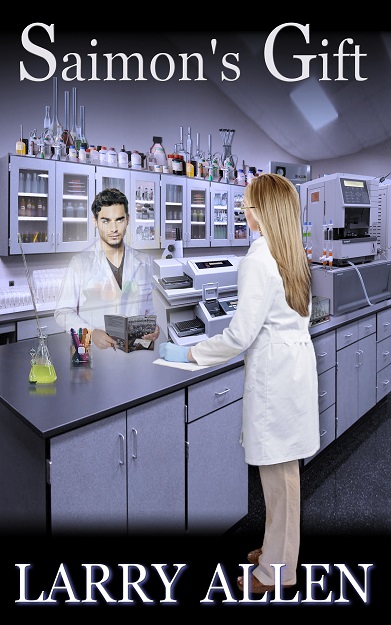There’s a book called The E-Myth Revisited, by Michael Gerber, that talks about the dilemma small businessmen run into when trying to grow their business. The book runs 268 pages, so it may be a bit challenging to summarize it in a paragraph, but I’ll have a go at it anyway.
People who start a business generally do so because they love creating something that they think others will want. This applies to any business, but as the author talks about a baker, I’ll use that example here. So the baker opens her new bakery, everyone loves her pies, and she’s happier than a pig in you-know-what. And she’s making money. Long lines wrap around her bakery every morning, and Life is Good. So she decides she’ll open a second bakery on the other side of town. Pretty soon she’s spending her time running back and forth between the two places, quality of her product is suffering because she can’t supervise both operations, bills aren’t getting paid because she has no time for it, the board of health is sending threatening letters, and her best baker just quit because the place is so chaotic. She’s working sixteen hours a day, but seems to be slipping further behind each week. That’s the point at which she hires Mr. Gerber to help her out of the mess she created.
There, I just saved you reading the first few chapters. And now I’ll save you reading the rest of the book.
Mr. Gerber’s solution to the ‘Baker’s Dilemma’ is process. Put in place a documented process for everything involved with running the bakery, from how to purchase the flour to how to measure the ingredients, to how to arrange the currency in the register to how to which edge of the cake boxes to fold first. With all this in place, the bakery can run with any staff that can be trained to follow the process, and the proprietress will no longer have to always be present.
In the audio book version, the proprietress experiences an epiphany, when she realized she can now grow her business indefinitely and be freed from the mundane parts of the operation so she can focus on finding new recipes and so forth.
Or at least Mr. Gerber meant it to sound like an epiphany. To me, it sounded more like a psychotic episode, as she chants “… a process for this, and a process for this, and a process for this…”
You see, I’m not a big fan of process. I think it stifles creativity and doesn’t deal well with exceptions. From my perspective, process is great if you’re manufacturing nuts and bolts, or opening a McDonalds. But it’s useless if you’re a sculptor or an artist. My real-life profession, engineering, falls somewhere in the middle.
So I never had much use for Gerber.
But lately, I’ve been thinking more about how to get the germ of a story into a form that worthy of publication. It’s tough to get traction, especially in the beginning. Whether you call it lack of motivation, writer’s block, or something else, it’s still tough.
Recently, I learned something from someone in my writer’s group who I’ll call Sue (because that’s her name), about a way to get some traction. She provided me with a three-page questionnaire to be filled in for each major character. The questions range from simple ones like the character’s name and age, through more complicated ones like ‘What sexual experience most haunts your character?’, or ‘If you met your character in a bar, what would he/she think of you?’.
Filling it in can be pretty challenging, but once it’s complete I have a pretty good idea of the character I’m dealing with. And if I do it with two or three more characters, how they would interact becomes pretty obvious. Once there, the first draft almost starts writing itself.
But it’s still only a draft. So off it goes to my writer’s group, for commentary, critique and refinement. And after that, to an online writer’s group that I recently joined, for more of the same. At that point, it’s been seen by somewhere between ten and twenty sets of eyes, and while it may not be as good as it can get, it’s almost certainly as good as I can get it. So off to the copy editor, a final local edit, and it’s ready.
(pause, step back, and catch my breath)
You know, this is starting to look an awful lot like a process. Interesting. I never thought process was even remotely useful for creative activities.
Perhaps I owe Mr. Gerber an apology.




